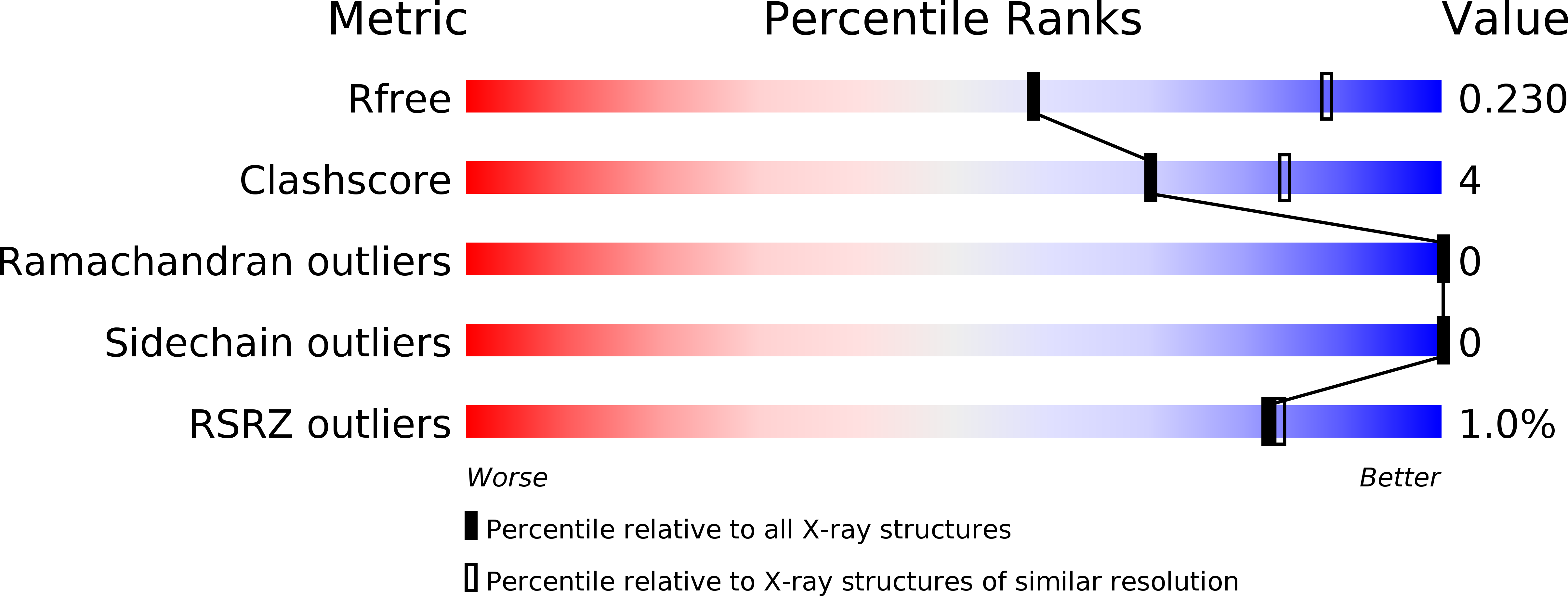
Deposition Date
2013-11-26
Release Date
2014-03-12
Last Version Date
2024-10-30
Entry Detail
PDB ID:
4NRL
Keywords:
Title:
Structure of hemagglutinin with F95Y mutation of influenza virus B/Lee/40
Biological Source:
Source Organism:
Influenza B virus (Taxon ID: 107412)
Host Organism:
Method Details:
Experimental Method:
Resolution:
2.72 Å
R-Value Free:
0.22
R-Value Work:
0.19
R-Value Observed:
0.19
Space Group:
P 21 2 21


